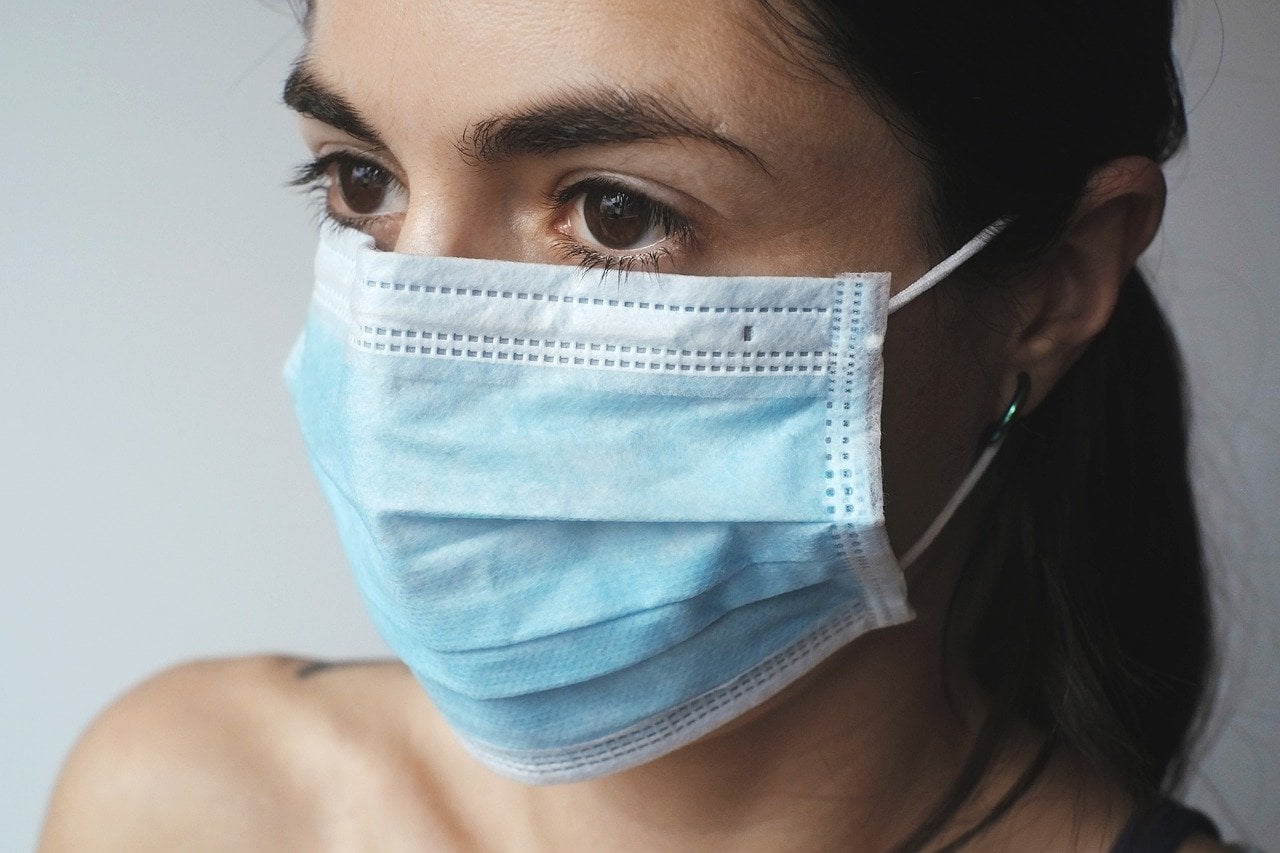It seems clear that a second wave of the coronavirus is hitting China. The country is blaming the second wave on imported cases, but a new study indicates a more dangerous source. Relaxing social distancing and other quarantine measures too early could also result in a second wave of the coronavirus, according to researchers in China.
Q1 2020 hedge fund letters, conferences and more
Today China reported the largest number of new COVID-19 cases since early last month, at 169. Most of the new cases reported in the official tally are imported as Chinese living in other parts of the world return home. Data from authorities (via the state-run Global Times) officially states that there are 108 confirmed coronavirus cases today, including 98 imported cases. The official tally also includes 61 new asymptomatic cases.
However, given the Chinese government's apparent lack of transparency in reporting the total number of coronavirus cases during the first wave, it's possible that new domestic cases are adding up but not being reported. Wuhan, the original epicenter of the pandemic, started easing restrictions last week.
So far, China has not reported a second wave of the coronavirus in connection with the easing of restrictions. However, it's a different story in Japan.
Japan also reports a second wave of COVID-19
NPR reports that Hokkaido prefecture, which had the largest number of COVID-19 cases in Japan, has started to see a second wave of the virus. Authorities declared a new state of emergency there less than a month after the last COVID-19 emergency was lifted. Sunday marked almost a week of double-digit increases in infections in Hokkaido prefecture, according to Japan's Kyodo news service.
The prefecture had just started to reopen schools and allow some public gatherings when the second wave hit. Now that a new declaration of emergency has been made, those moves have been reversed. Residents of the prefecture have again been asked to stop nonessential trips from outside their homes, and schools have been shut down again, this time until May 6.
Japanese authorities have already been reporting a second wave of COVID-19 in other areas of the country. Several other prefectures entered a new state of emergency last week.
A new study in The Lancet again reminds officials how important it is not to lift COVID-19 restrictions too early. Shunqing Xu and Yuanyuan Li published their study entitled "Beware of the second wave of COVID-19" last week. They cited data from Kathy Leung and colleagues also published in The Lancet.
They also said that a study of relaxing social distancing restrictions in Wuhan suggested that if they were gradually relaxed in March, a second wave of the coronavirus could hit in China and the northern hemisphere in mid-summer.
The researchers called for more studies on the impact of alternative strategies to relaxing restrictions, like using face masks, checking temperatures and contact tracing.
In the U.S., authorities are now considering when would be the best time to lift social distancing restrictions. The current timeline calls for lifting of lockdowns on May 1, but Trump administration officials are cautioning that May 1 might not be realistic.





